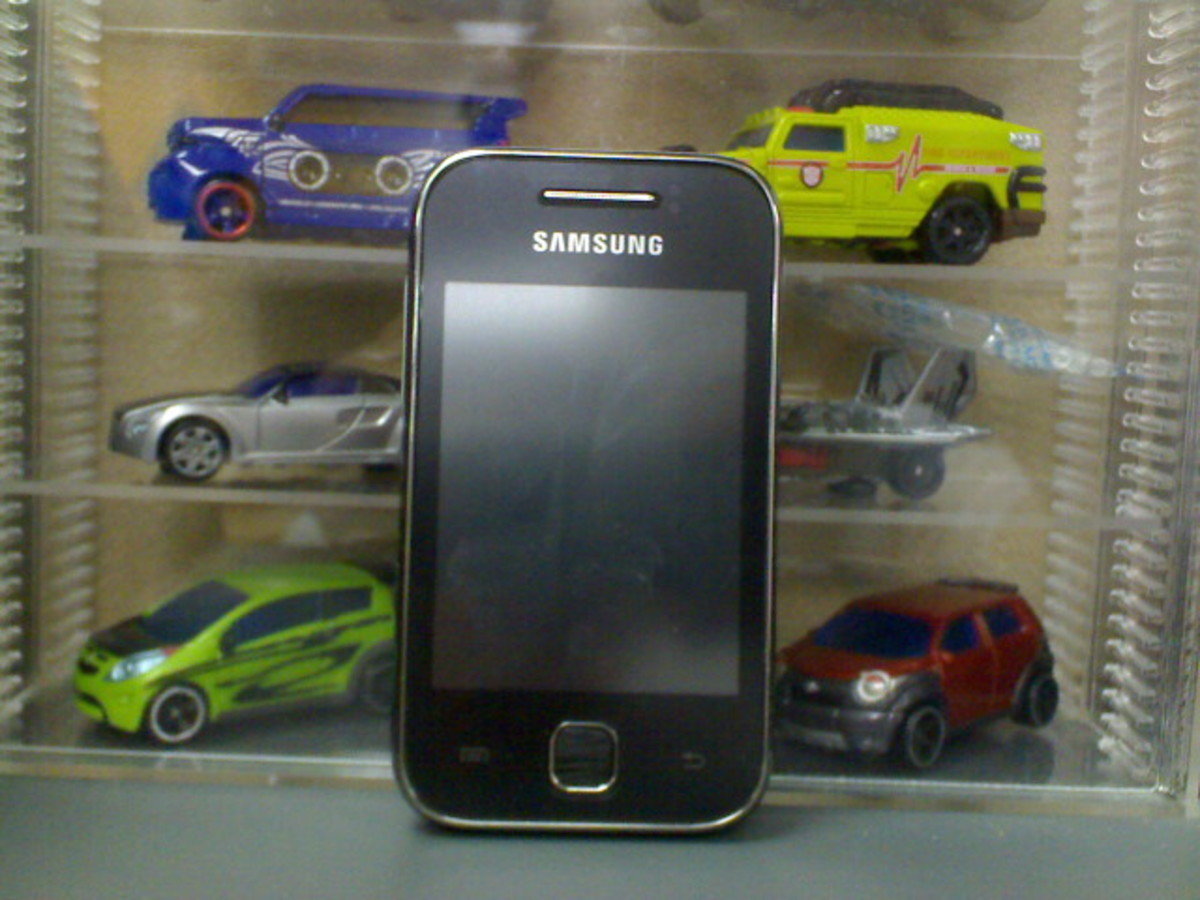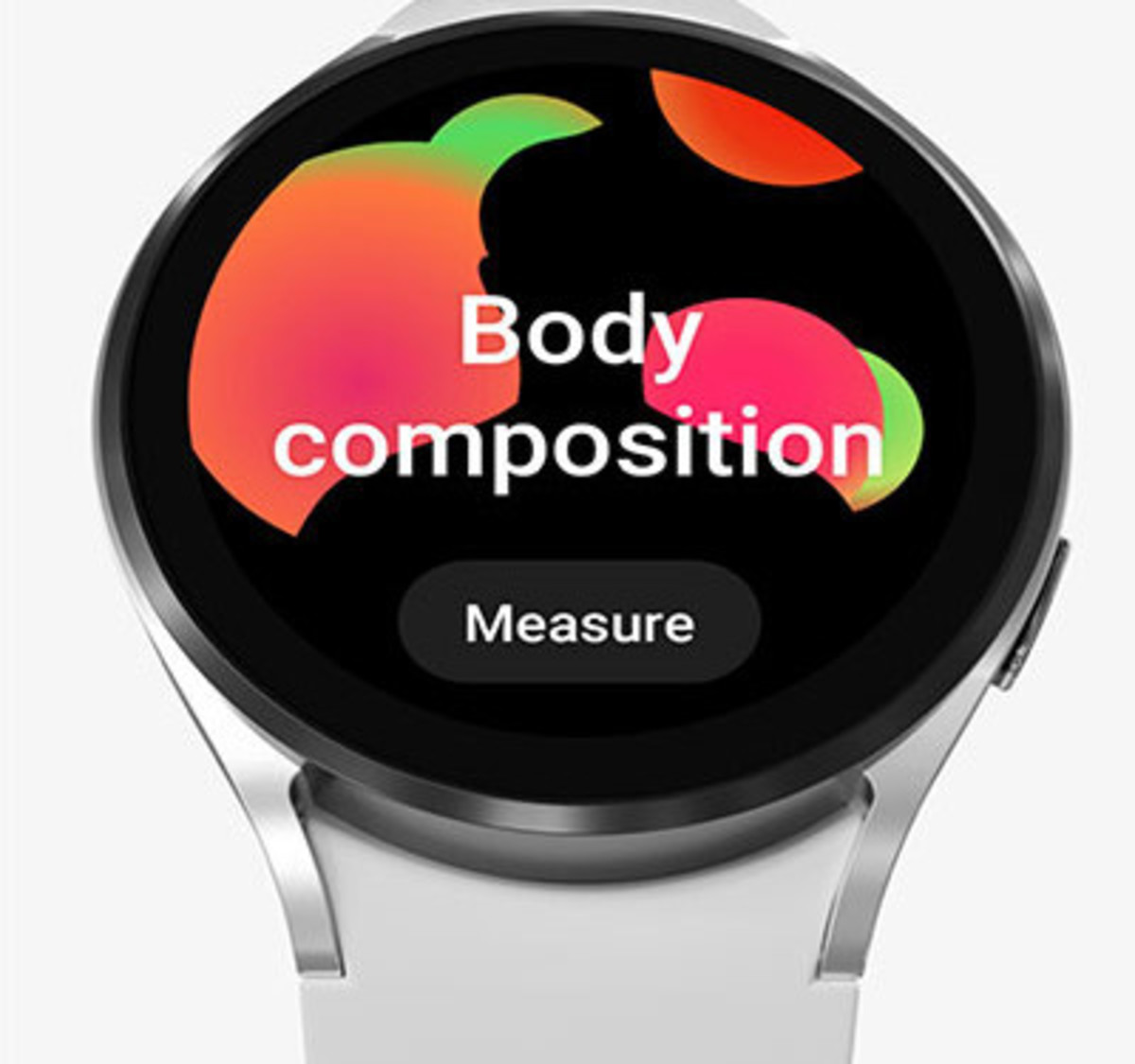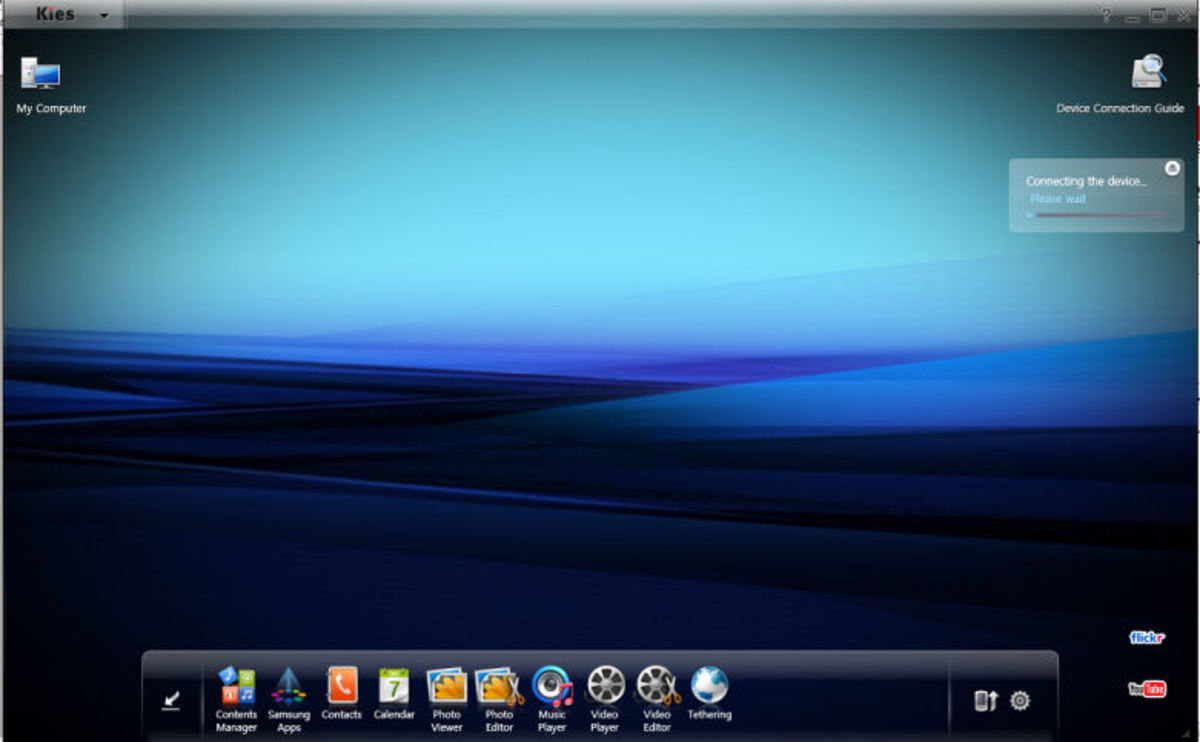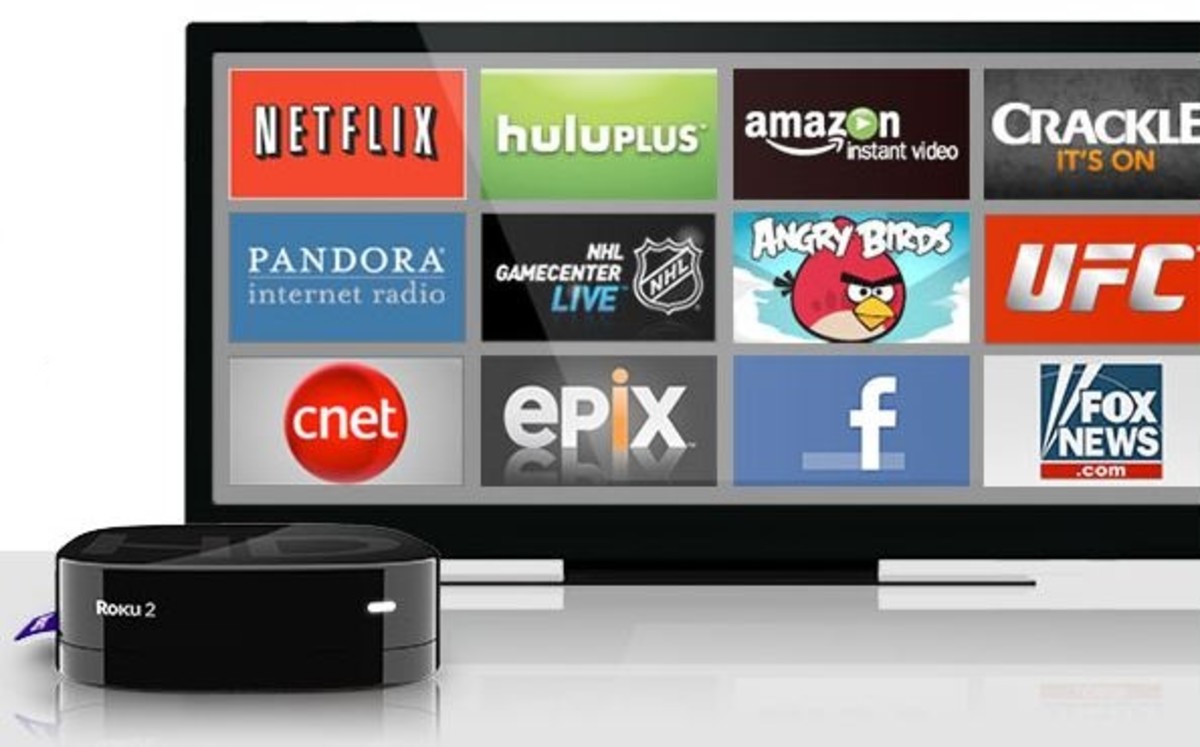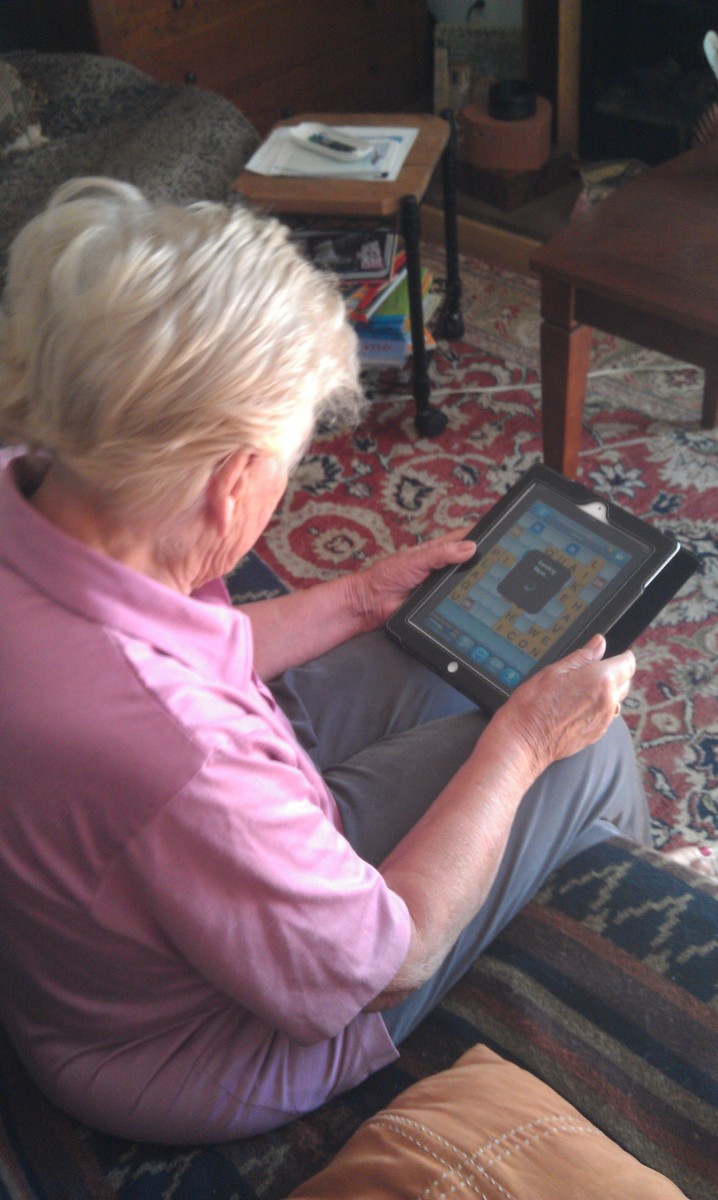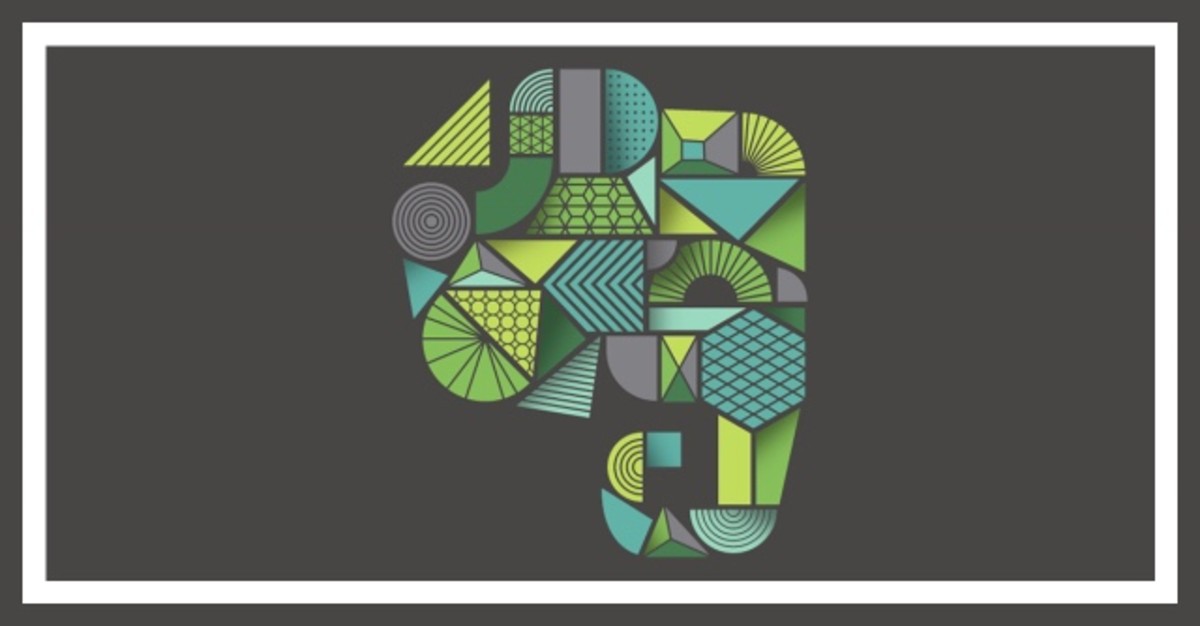Samsung Galaxy Tab
There's much to like about the Samsung Galaxy Tab, but it lacks the slickness of the iPad
We know it's unfair to compare the GalaxyTab to the iPad - just look at their relative sizes - but compare them we must. Samsung takes much of the blame by trying to go head to head with Apple for price: £529 inc VAT for the 16GB version with 3G; £599 for 32GB with 3G. (Note there's no Wi-Fi only version of the Tab to make it cheaper.) However, since launch it's dropped to a far more reasonable £469 inc VAT.
The tablets' disparate sizes make a big difference. For a start, you can fit the Tab into a jacket pocket (not advisable with the iPad, unless you don't like the jacket). You can also comfortably hold the 385gTab in portrait mode and use your thumbs to type. Thanks to Samsung including Swype - a brilliant way to enter text by swiping across the onscreen keys rather than hitting each one - we were able to reach quick typing speeds too.
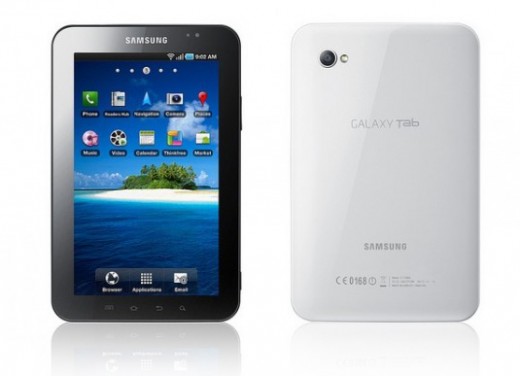
It holds other advantages over the iPad: Samsung bundles a pair of good-quality in-canal earphones complete with a discreet microphone, so you can make a call using the Tab without looking a fool. A 1.3-megapixel camera on the front allows video calls, while the Tab's rear 3-megapixel camera, complete with LED flash, is surprisingly good in natural light.
Samsung also makes it easy to use your choice of SIM card: slip one in and the Tab reboots. Wait ten seconds and the system is up and running, all settings correctly configured. Next to the SIM slot sits one for microSDHC cards, allowing you to add up to 32GB of storage.
When it comes to fit and finish, however, the iPad wins hands down. While the Galaxy Tab is well built, it's plasticky and lacks its rival's gadget allure. The same is true when you turn it on, with Android's interface looking basic by comparison; the fonts are blocky, with none of the iPad's finesse. This is when it strikes you the Tab really is just an overgrown Android phone.
Fortunately, it's an overgrown phone with a rather nice screen. Measuring 7in diagonally, its biggest strength is sheer brightness. Pump it up to full and photos pack a real punch, so much so it could fool you into thinking it's a Super AMOLED panel rather than a plain-old TFT.
That 7in diagonal is a big improvement over the typical 3-4in of an Android phone. The 1,024 x 600 resolution adds a surprising level of detail, making a huge difference when web browsing. Along with support for Flash, this opens up the ability to access countless Flash games and education resources, but don't expect the Tab to keep up with fast-moving videos on BBC Sport's website: football clips appeared more like a slideshow than a match.
This juddering sometimes stretches into daily use, too, as moving from one home screen to another can cause the Tab to stutter. We suspect this is an optimization problem, because the Tab's 1GHz ARM-based processor proved more than ample for the supplied YouTube app. Games look brilliant too, with the 3D effects and sheer gameplay of Asphalt 5 HD hooking us just as much as driving games on a PC.
Expect a battery life of around four hours per charge, dropping down to three if you use the screen on full brightness. That's a long way behind the iPad, and means we'd always take the communication cable with us: the Galaxy can charge up over the (proprietary) USB connection without problems.
So, the Galaxy Tab has its flaws, but there's a huge amount to like about it. The problem for Samsung remains the price. Until it can match the iPad's smooth interface and rich selection of HD apps, it needs to be priced accordingly.
- Samsung Galaxy Tab
There's much to like about the Samsung Galaxy Tab, but it lacks the slickness of the iPad We know it's unfair to compare the GalaxyTab to the iPad - just look at their relative sizes - but compare them we... - Creative ZiiO 7in & 10in
The key to Creative's ZiiO 7in and l0in devices, which will ship with Android 2.1 with the promise of an upgrade to 2.2 "early in 2011", is that they play to the company's strengths. The Pure Android audio app...

